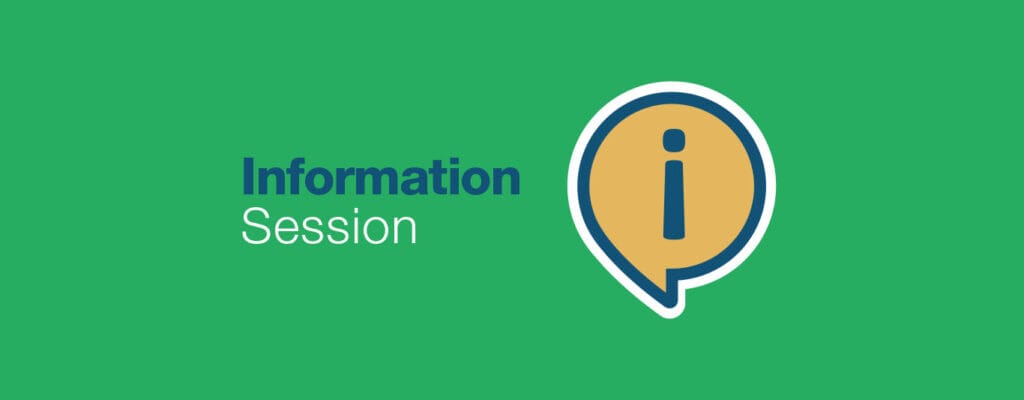



PHILADELPHIA, PA (Aug. 26, 2015) – Teachers play a vital role in ensuring children can read by the end of third grade, but many fail to receive the training and ongoing support necessary to do so. A new study from the American Institutes for Research (AIR) found that Children’s Literacy Initiative’s (CLI) professional development program for teachers has a measurable impact on student literacy outcomes.
Children’s Literacy Initiative is a non-profit organization focused on strengthening education in the U.S. by ensuring low-income students can read by third grade.
“Third grade is such a significant year for students as they transition from learning to read to reading to learn,” said Joel Zarrow, executive director of Children’s Literacy Initiative. “That’s why it’s absolutely vital that students reach literacy benchmarks while in their early elementary years. We are excited about the results of the AIR study because they show that our program not only has a measurable impact on the teachers we work with, but also the students.”
Children’s Literacy Initiative commissioned AIR to conduct an independent, three-year study to evaluate CLI’s effectiveness and impact on student learning, teachers’ literacy instruction and classroom environment.
AIR randomly separated participating schools into two groups. The first group received CLI services immediately, while the second group received CLI services following data collection. As a result, differences observed between the two groups at the end of the study were attributed to the CLI program and not to preexisting differences.
The results of the evaluation highlight the positive impact CLI has in the classroom:
Effect on Teachers’ Literacy Instruction and Classroom Environment
Effect on Reading Achievement
The CLI professional development program is available for pre-K through third grade and schools are encouraged to enroll in the program for three years.
“Improved teacher planning, analysis of student data, interclass visits, peer coaching and sustained staff development have increased teachers’ knowledge and use of best practices,” says Margarita Hernandez, principal at Wilson Avenue School in Newark, New Jersey. “That leads to positive student outcomes.”
For thirty years, CLI has been working with educators to transform literacy instruction. The program has been implemented in hundreds of schools across the country and continues to expand its reach every year. An executive summary of the AIR report is available at: bit.ly/1hxOyZY
About Children’s Literacy Initiative
Established in 1988, the Children’s Literacy Initiative is headquartered in Philadelphia, Pennsylvania. CLI is focused on improving the American education system by ensuring low-income students can read by third grade. The program provides personalized, one-on-one teacher coaching, research-based literacy training, small group coaching, leadership coaching for principals and teacher-leaders and provides the books and materials classrooms need so that students can become powerful readers, writers and thinkers. In addition to Philadelphia, the organization also provides services to school districts including Passaic & Camden, NJ, Chicago, St. Louis and Denver.


Join CLI’s Breakfast Briefing to explore the future of literacy! Connect with education leaders, hear impact stories, and discover ways to get involved. Stay[..]

Empower Oregon’s educators with proven literacy strategies! Join our free virtual info session to explore research-based tools and connect with experts. Register now!

Celebrate Women's History Month with powerful stories that inspire, educate, and uplift. 📚 Download our curated guide and stay connected for more inclusive literacy[..]